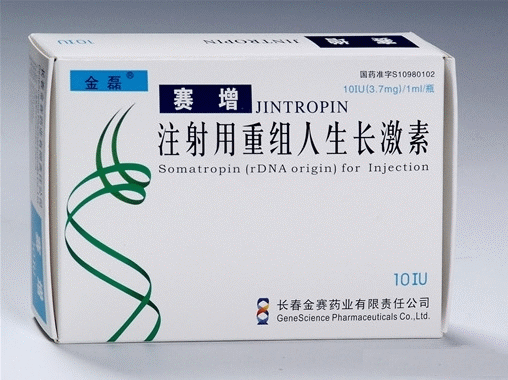The 2012 Summer Olympics in London has been billed as the “the most tested Games in Olympic history”. The real question has always been how effective are the anti-doping tests? It appears that at least one anti-doping test will be vastly improved. But will it be enough to catch anyone other than “dopey” athletes?
David Howman, the director general for the World Anti-Doping Agency (WADA), has announced that Olympic athletes will be tested for the first time with a new type of human growth hormone (hGH) test.
“The [HGH] biomarker test is in place,” said Howman. “It was approved only a matter of weeks ago.”
The World Anti-Doping Agency has tested for human growth hormone in the Olympics since the 2004 Athens Olympics. Up until now, WADA relied upon a largely ineffective hGH test called the isoform test. The human body normally has a relatively fixed ratio of two different isoforms of hGH. However, synthetic hGH generally contains only a single isoform. So, an athlete who injects hGH will disrupt the expected ratio of hGH isoforms in the body. An hGH positive using the isoform test would be returned if this ratio was abnormal.
The problem with the hGH isoform test is that the human body quickly restores the ratio of the two different isoforms after the introduction of exogenous hGH. The test must be administered within 24-48 hours of an hGH injection if anti-doping officials want to catch a hGH user.
Human growth hormone has been widely used in sports for over two decades. It has been popular with athletes because it has been considered largely undetectable. The isoform test has only caught eight athletes using hGH while the actual number of drug-tested athletes using hGH could very well be in the thousands.
The biomarker test is expected to be much more effective than the isoform test. It supposedly allows for a 2-3 week window of detection. Rather than attempt to detect synthetic hGH itself, the biomarker test, as its name indicates, attempts to evaluate specific biological markers associated with hGH use. The specific biomarkers are insulin-like growth factor 1 (IGF-1) and P3NP.
IGF-1 levels rise directly with the amount of hGH injected. P3NP levels increase in response to hGH-induced bone or collagen growth.
The biomarker test is clearly superior to the isoform test. But it is still unlikely to eliminate hGH use in sports. WADA recognizes that there are several problems with the test. For one, there is individual variability. Some athletes’ biomarkers will return to normal much more quickly than normal give anti-dopers a smaller window of detection. Also, female athletes do not have as pronounced an IGF-1 response to exogenous hGH injections as men. Thus, they will be more likely to get away with using hGH.
There is also the practice of “micro-dosing” by athletes. Athletes have successfully avoided detection when micro-dosing anabolic steroids such as testosterone and blood boosters such as erythropoietin (EPO).
Larry Bowers, the chief science officer for the United States Anti-Doping Agency (USADA), thinks micro-dosing is unlikely to have performance-enhancing benefits.
“The question is always, If you take a small amount, are you really getting a benefit?” said Bowers. “If you take such a low dose that it doesn’t have an effect on your body, that’s the only way you could beat the test.”
Athletes who micro-dose with EPO and testosterone may not agree with Bowers. The same is likely to hold true for hGH.
The hGH biomarker test represents one of the latest moves in the cat-and-mouse game between anti-dopers and athletes.

Source:
Epstein, D. (July , 2012). New anti-doping test to debut at London Olympics. Retrieved from http://sportsillustrated.cnn.com/2012/olympics/2012/writers/david_epstein/07/27/london-olympics-drug-testing/index.html

